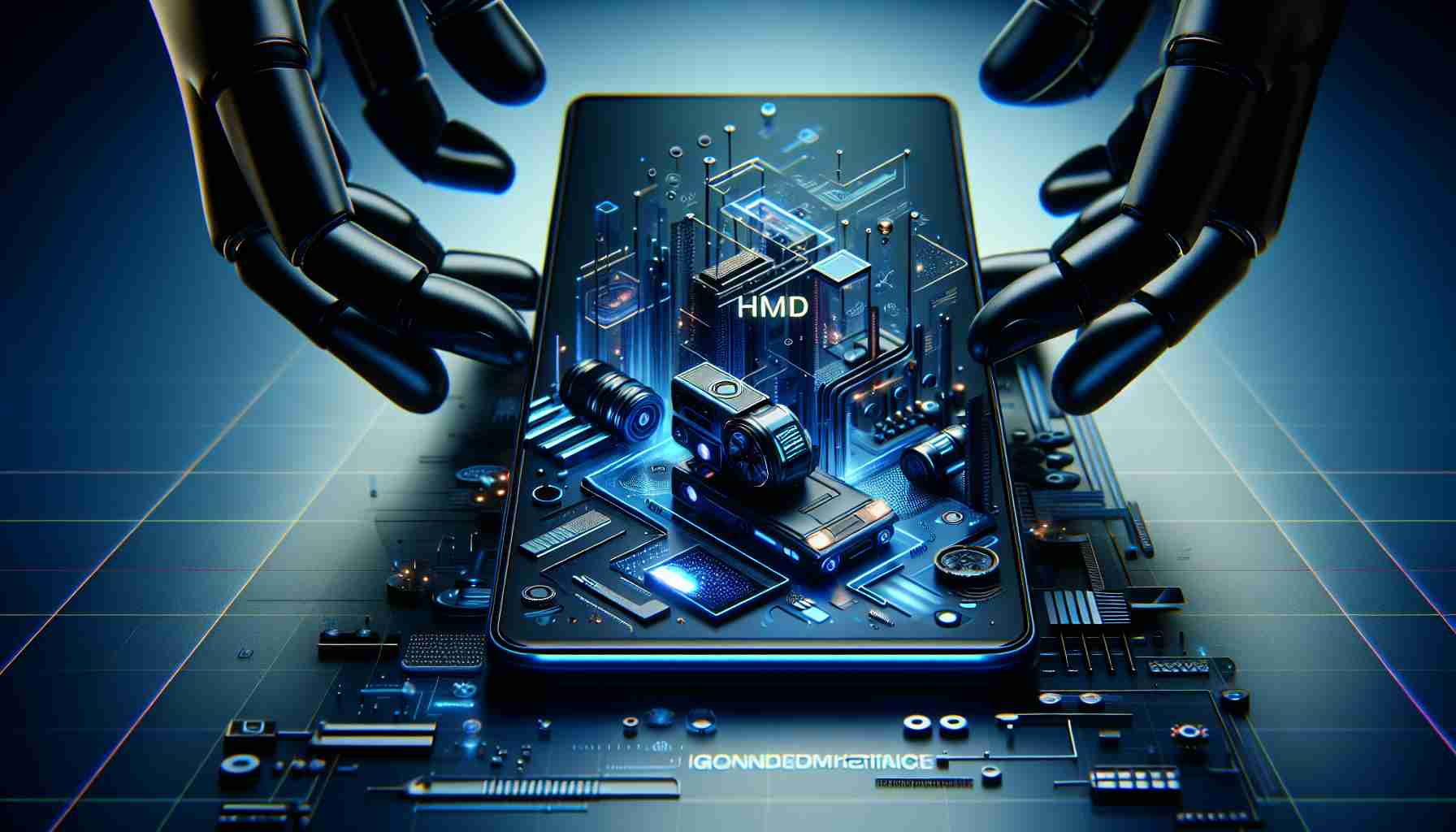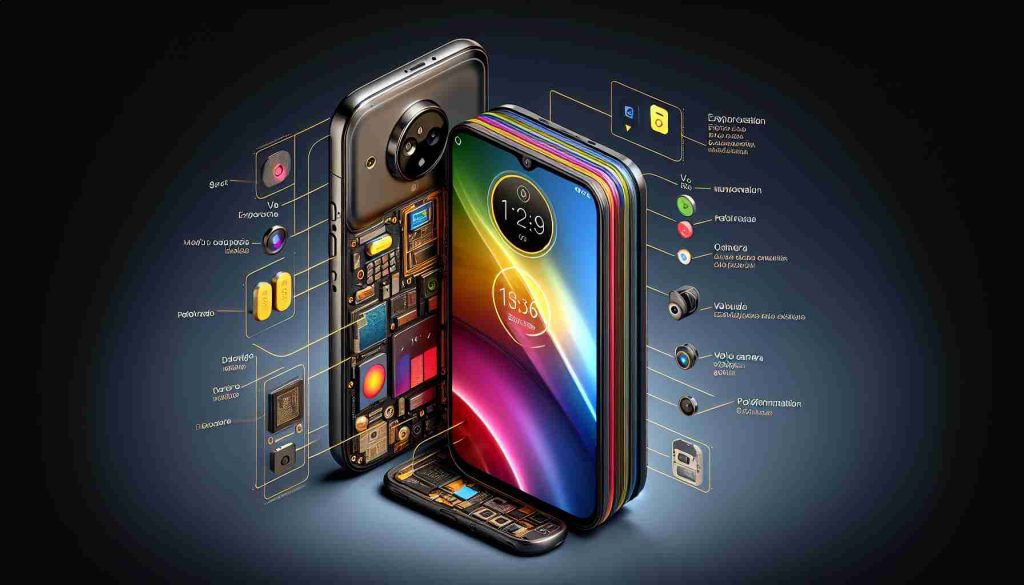HMD Global has introduced a groundbreaking smartphone known as Fusion, which allows users to personalize both its design and features through interchangeable components. These modifications, referred to as “outfits,” interact with the device via specialized pins on the back.
One can envision the endless possibilities HMD Fusion brings, from adding a ring light for perfect selfies to transforming it into a gaming console. The company emphasizes that its outfits are developed in an open-source environment, encouraging creativity and custom accessory creation. Notably, HMD has released various outfits that enhance the smartphone’s utility, such as wireless charging covers and powerful flash attachments for improved low-light photography.
Among the available outfits is the “Fusion Rugged Outfit,” which not only provides IP68 resistance but also allows for emergency messaging and wireless charging capabilities. Although the HMD Fusion may not be the most powerful device on the market, its customizability and expansion opportunities might appeal to many users.
Another remarkable feature is the design, which simplifies repairs, making it accessible even for individuals without professional skills. Collaborating with iFixit, HMD ensures that spare parts will remain available for seven years after launch.
The HMD Fusion is set to hit European markets for a retail price of 249 euros, with various outfits scheduled for later release. Users can look forward to a versatile smartphone that fits their unique lifestyle.
The Innovative HMD Fusion Smartphone: A New Era of Customization
HMD Global’s latest offering, the Fusion smartphone, is making waves in the mobile industry with its unique approach to device personalization and adaptability. While many smartphones focus on incremental upgrades in hardware specifications, HMD has chosen to prioritize user-centric design by allowing extensive customization through interchangeable components. This article explores the significance of the HMD Fusion, addressing key questions, challenges, and the advantages and disadvantages associated with this novel device.
Key Questions and Answers
1. What makes the HMD Fusion different from traditional smartphones?
– The HMD Fusion stands out due to its modular design. Users can personalize not only the aesthetic of the phone but also its functionality through attachable outfits that cater to specific needs, such as photography or gaming.
2. Who is the target audience for the HMD Fusion?
– The target audience includes tech-savvy individuals, creative users, and those looking for a smartphone that can adapt to various use cases without the need for multiple devices.
3. What are the major limitations of the HMD Fusion?
– Despite its customizability, the HMD Fusion may not satisfy users seeking high-end specifications or performance benchmarks comparable to flagship models, as it focuses more on versatility than raw power.
Challenges and Controversies
The innovative nature of the HMD Fusion introduces certain challenges and controversies:
– Market Acceptance: Adapting to a new model of smartphone ownership that emphasizes customization may not appeal to all consumers, particularly those accustomed to traditional devices.
– Ecosystem Viability: The success of the HMD Fusion relies heavily on the development and availability of a substantial array of outfits. If accessory production falters, the smartphone’s appeal may wane.
– Repairability Concerns: Although HMD has partnered with iFixit for spare parts, users may still face challenges finding compatible outfits or reputable third-party accessories that adhere to quality standards.
Advantages of the HMD Fusion
– Customizability: Users can modify their devices to fit personal preferences and stand out in a sea of similar smartphones.
– Ease of Repair: The smartphone’s design promotes simpler, DIY repairs, reducing the need for costly professional services.
– Sustainability: By allowing users to upgrade only specific components, HMD supports a more sustainable approach to technology, potentially reducing electronic waste.
Disadvantages of the HMD Fusion
– Performance Limitations: Users looking for cutting-edge technology may find the Fusion lacking in speed, processing power, and graphics capabilities compared to competitors.
– Accessory Dependency: The phone’s value increases with additional outfits, which introduces a dependency on the availability and quality of third-party or manufacturer accessories.
– Potential Complexity: New users may find the customization process overwhelming, leading to confusion over which outfits are best suited for their needs.
In conclusion, the HMD Fusion smartphone presents an intriguing alternative in the smartphone market, focusing on personalization, repairability, and sustainability. As consumers increasingly seek products that adapt to their lifestyles, HMD Global’s approach may redefine user expectations and experiences in the tech landscape.
For more information about cutting-edge technology and innovation, visit HMD Global.























